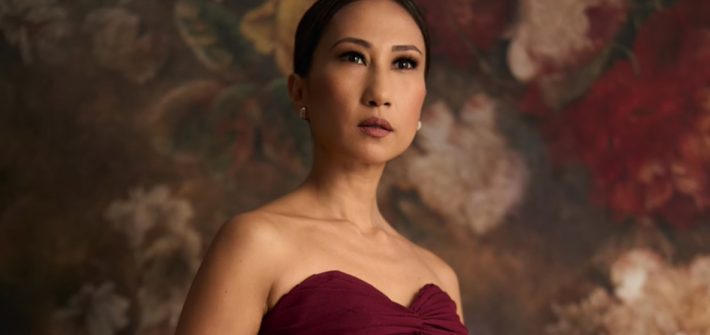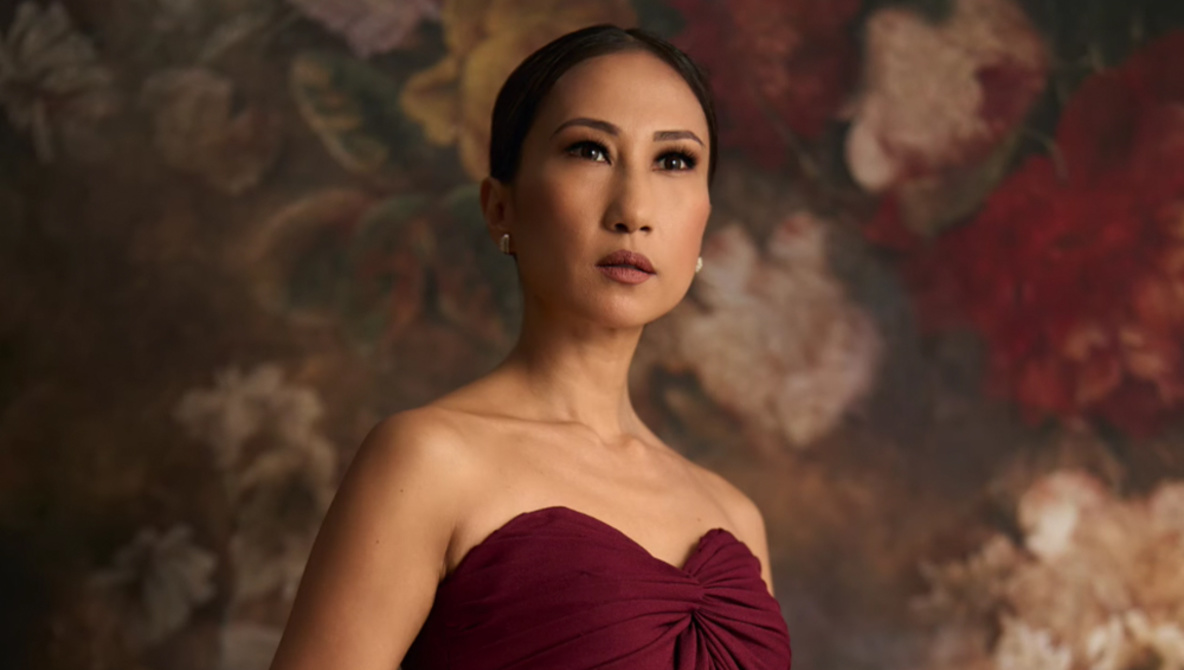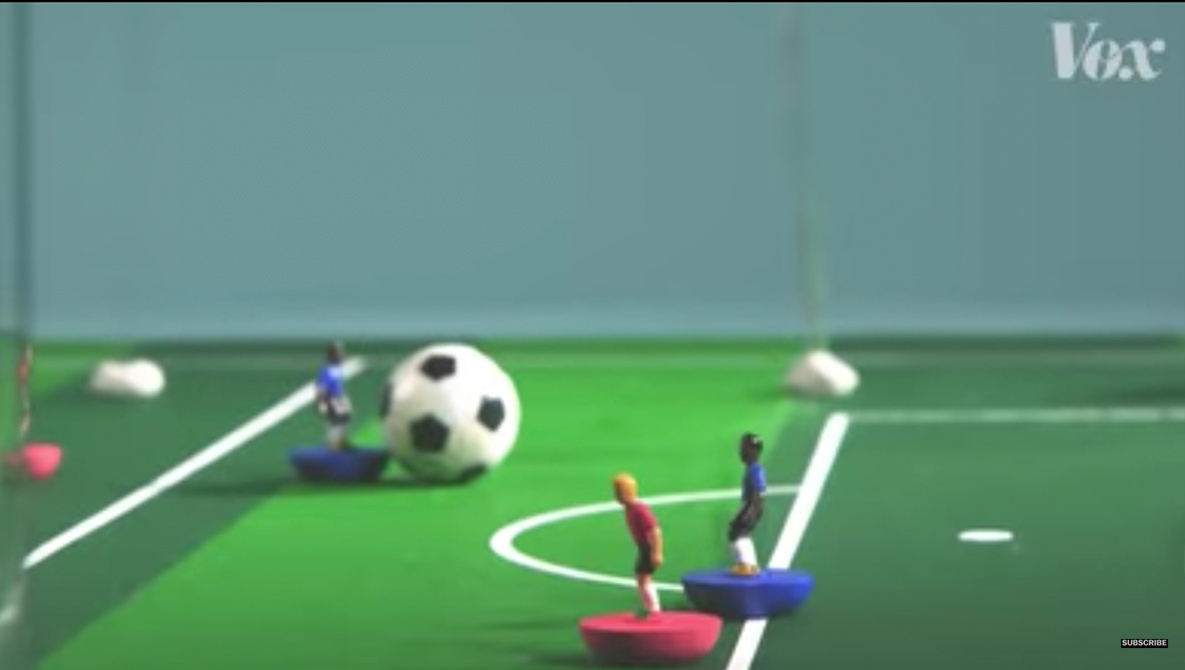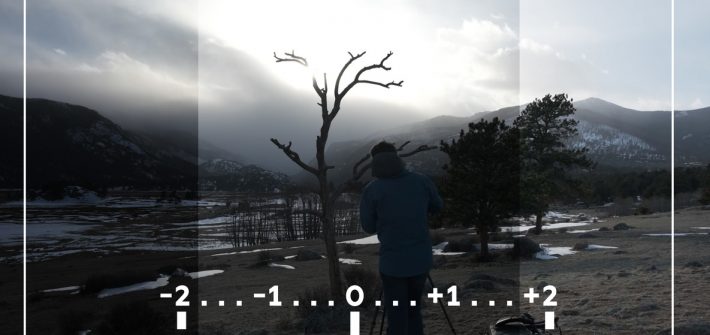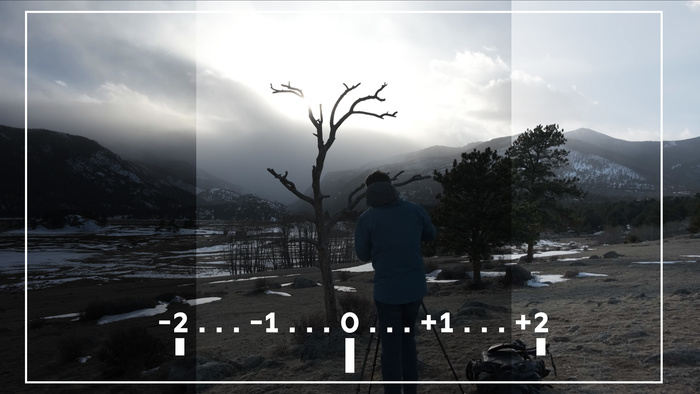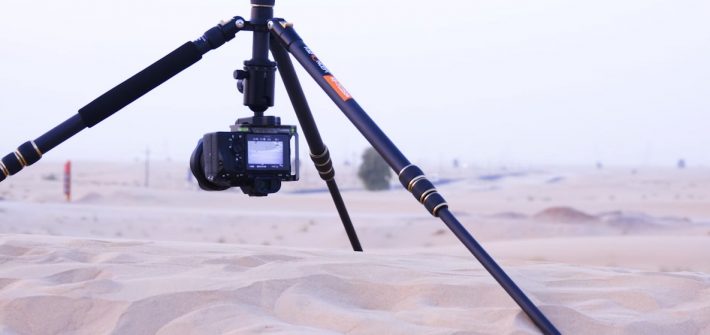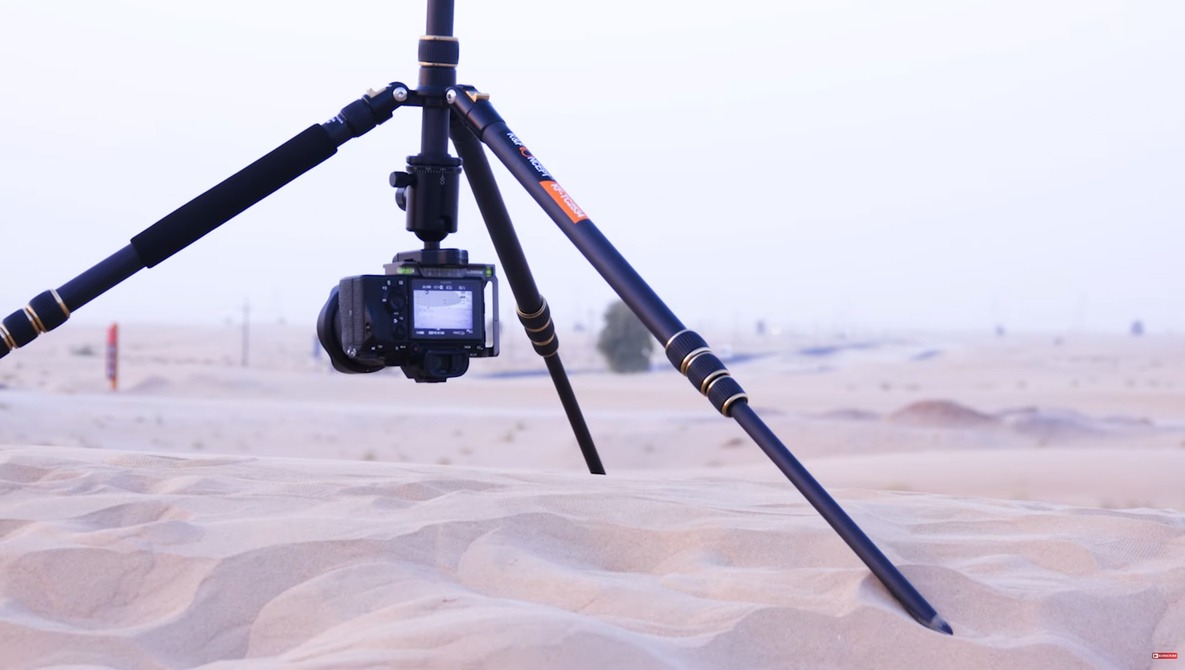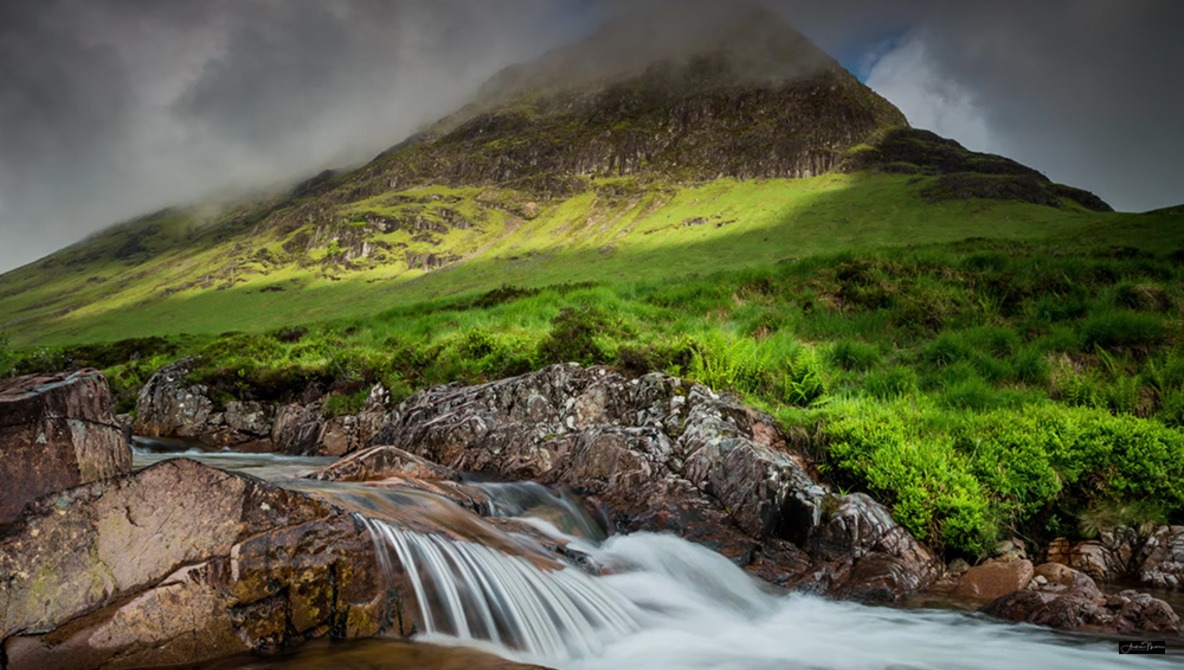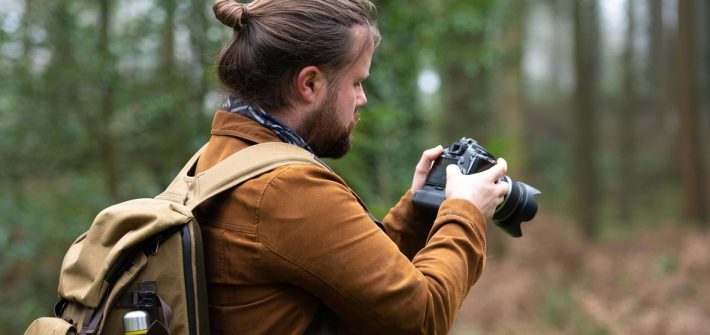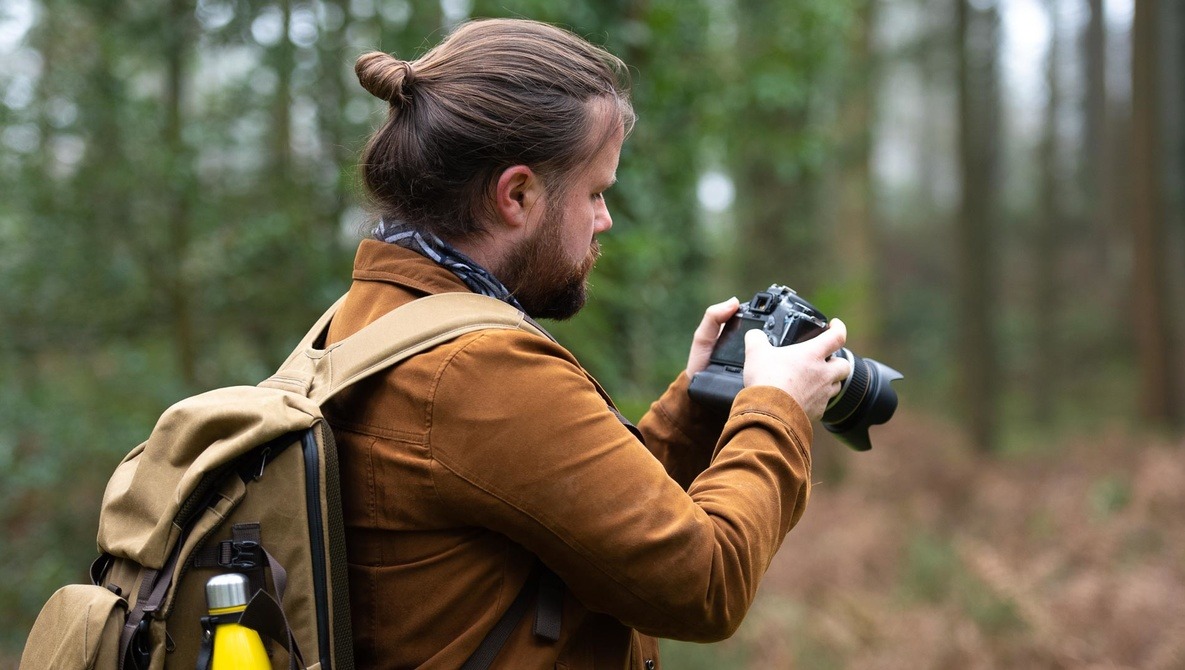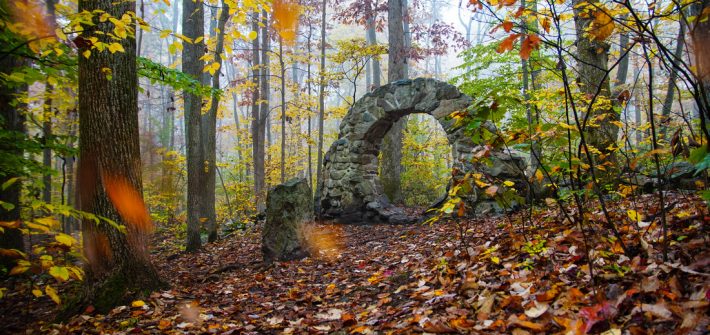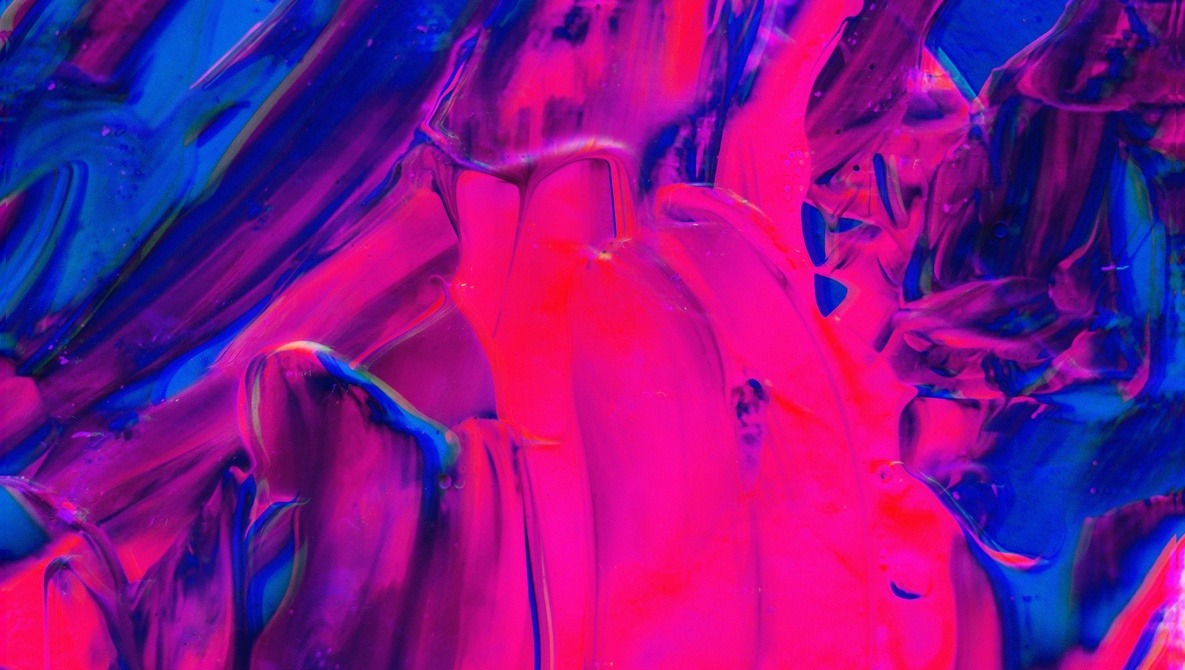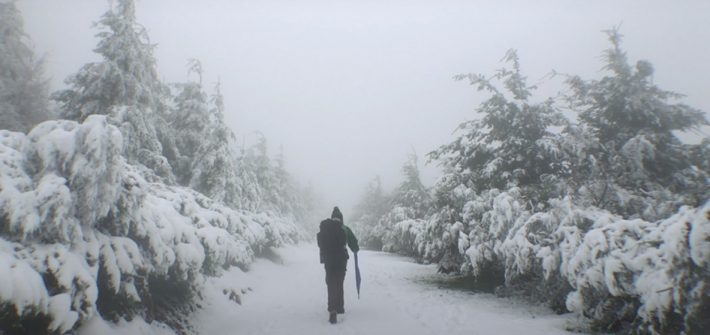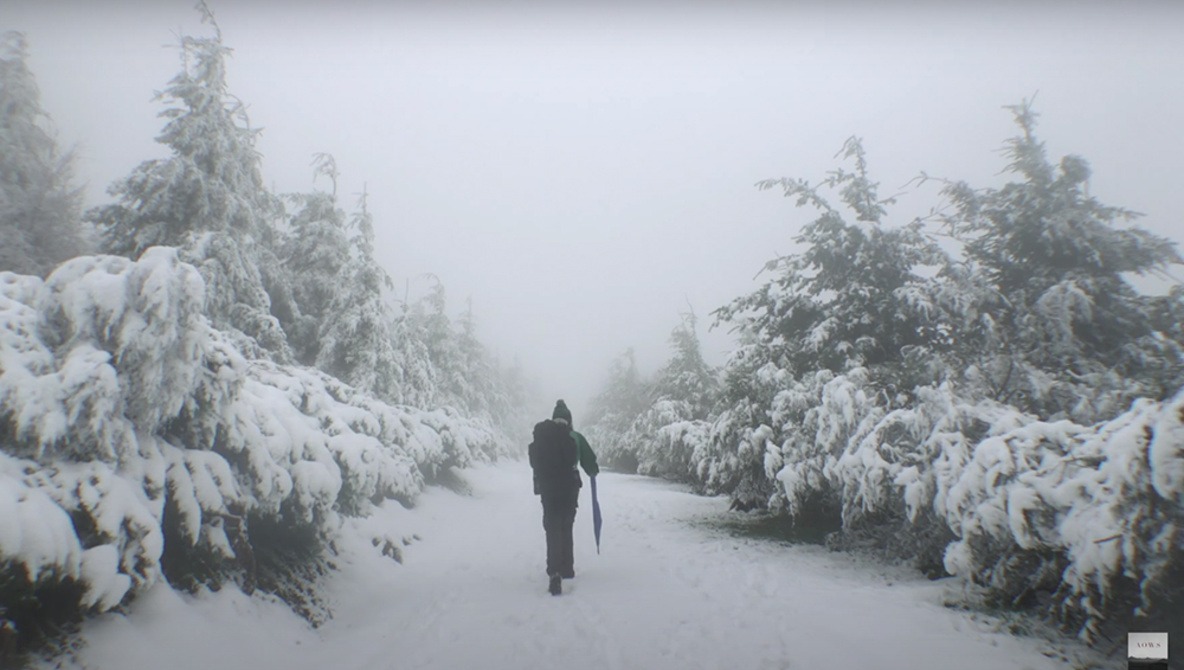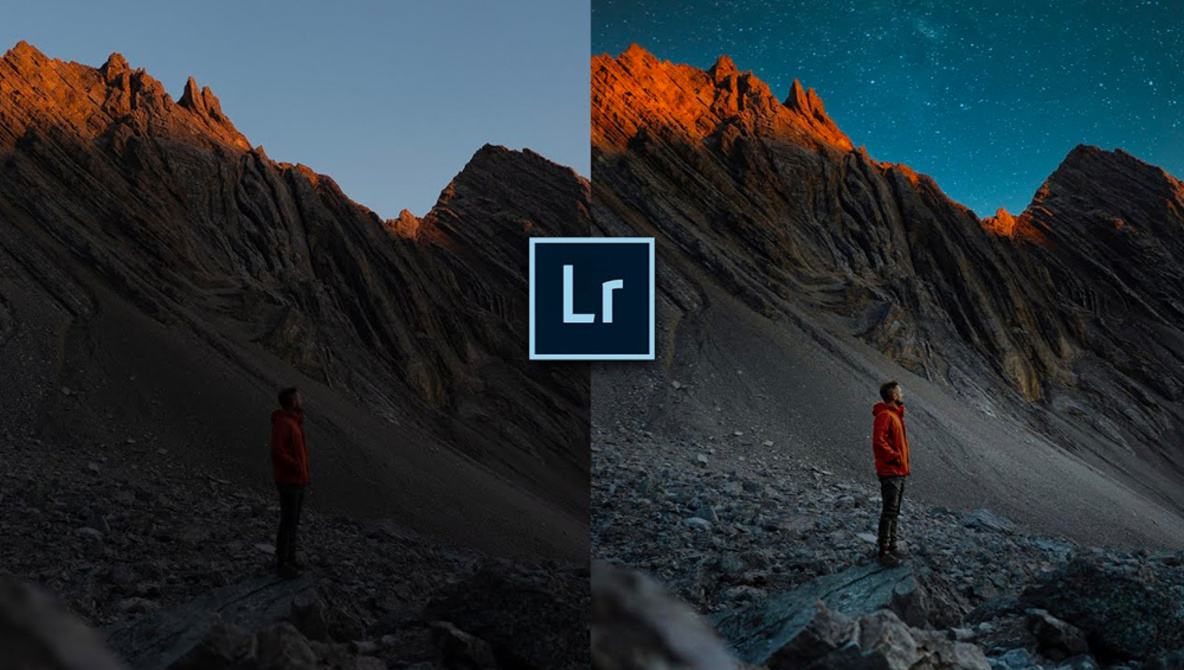Learning how to work with artificial lighting is something every portrait photographer should learn, as it will free you of relying on certain locations, weather, and times of day and enable creative shots that would not be possible otherwise. If you would like to start learning, check out this fantastic video tutorial that will guide you through the process of lighting a portrait using a combination of a speedlight and natural light.
learning
The Clever Technology That Is Making World Cup Officiating More Accurate
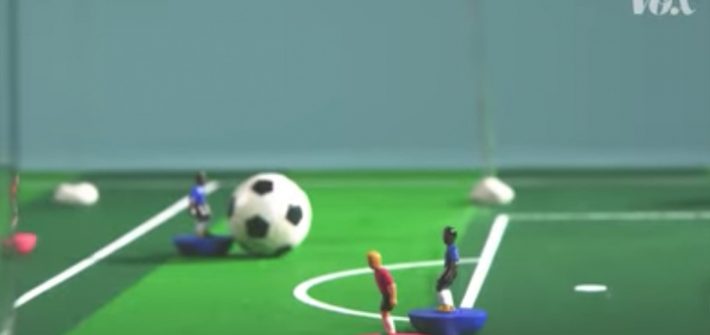
The World Cup is in full swing, and this year, technology is helping officials to make more accurate calls. This neat video takes you behind the scenes to show you the new “semi-automated AI offsides technology” that uses a combination of sensors, a multi-camera array, and machine learning to help officials to make the correct call each time.
What Is It That Makes a Great Landscape Photo?
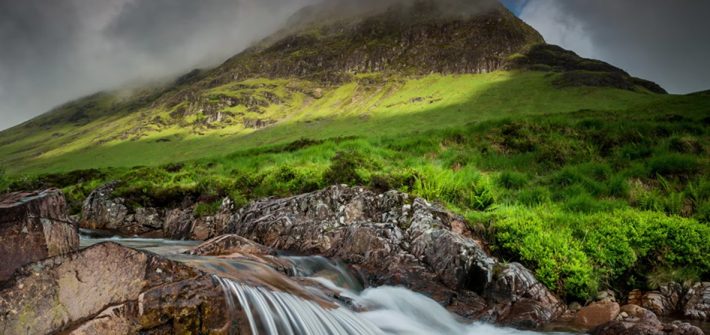
A good landscape photograph is about more than just an interesting subject and a proper exposure. A good landscape photo is able to capture and keep the viewer’s attention by telling a story and evoking feelings. This excellent video essay discusses just what it is that makes a good landscape photograph and how to make them yourself.
![]()
Are Good Photos by Horrible People Worthy of Your Attention?
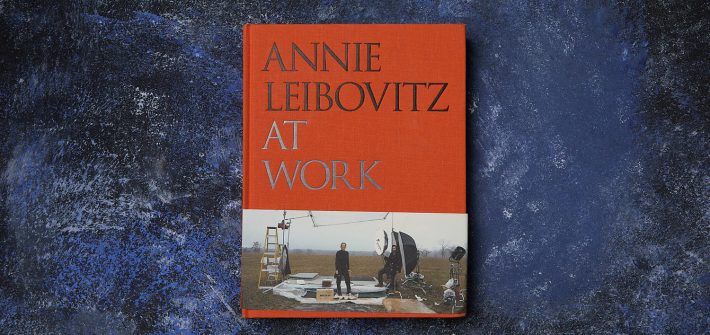
Perhaps one of the biggest moral debates I have with myself is when I look at the good work of “bad” photographers — work that has a life of its own and work that has become culturally significant. Yet, that work has a dark side to it: the creator. Is it possible to look at photographs without ever thinking about the photographer behind them?
![]()
How to Quickly and Easily Replace a Sky Using Lightroom and Photoshop
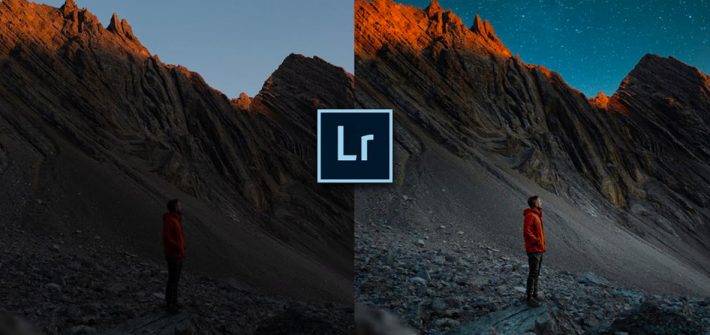
In the past few years, automated sky replacement has come quite a long way, and what used to be a very tedious task can now be done in just a few clicks. If you are interested in learning how to use the technique in your own work, check out this fantastic video tutorial that will show you how to quickly and easily replace a sky using Lightroom and Photoshop.
